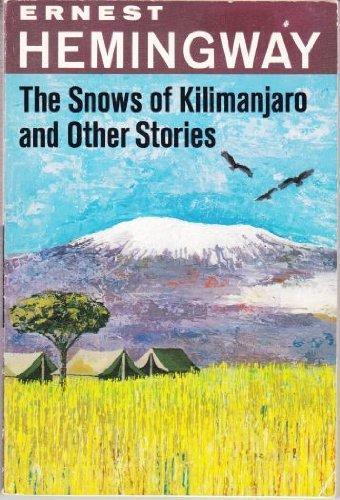Frozen Regrets: Mortality and Lost Potential in Hemingway’s The Snows of Kilimanjaro
4 stars
Ernest Hemingway’s The Snows of Kilimanjaro is a haunting meditation on death, artistic failure, and the weight of unrealized potential. As I read it, I found myself gripped not by action, but by silence — the quiet between words where Hemingway hides the deepest truths.
The story centers on Harry, a writer dying from an untreated infection while on safari in Africa. Confined to his cot, with gangrene creeping through his leg, he drifts in and out of memory. These memories — of lost loves, European travels, war experiences, and artistic compromises — form the emotional core of the story.
Hemingway’s sparse prose creates a powerful contrast: the stillness of Harry’s physical state is punctuated by vivid, flowing recollections that reveal the life he could have lived more fully. His bitterness is not just toward death, but toward himself — for having betrayed his talent by choosing comfort over honesty.
Beside him is Helen, his wealthy companion, who cares for him with tenderness he seems unable to fully receive. The relationship, like the story itself, is layered with emotional complexity and quiet tension.
What struck me most was the final image — Kilimanjaro, “the House of God,” looming in the distance. It’s a symbol of purity, of unreachable truth, and of everything Harry feels he has missed.
For me, this story wasn’t just about death. It was about time, regret, and the urgency of living truthfully — before it’s too late.

